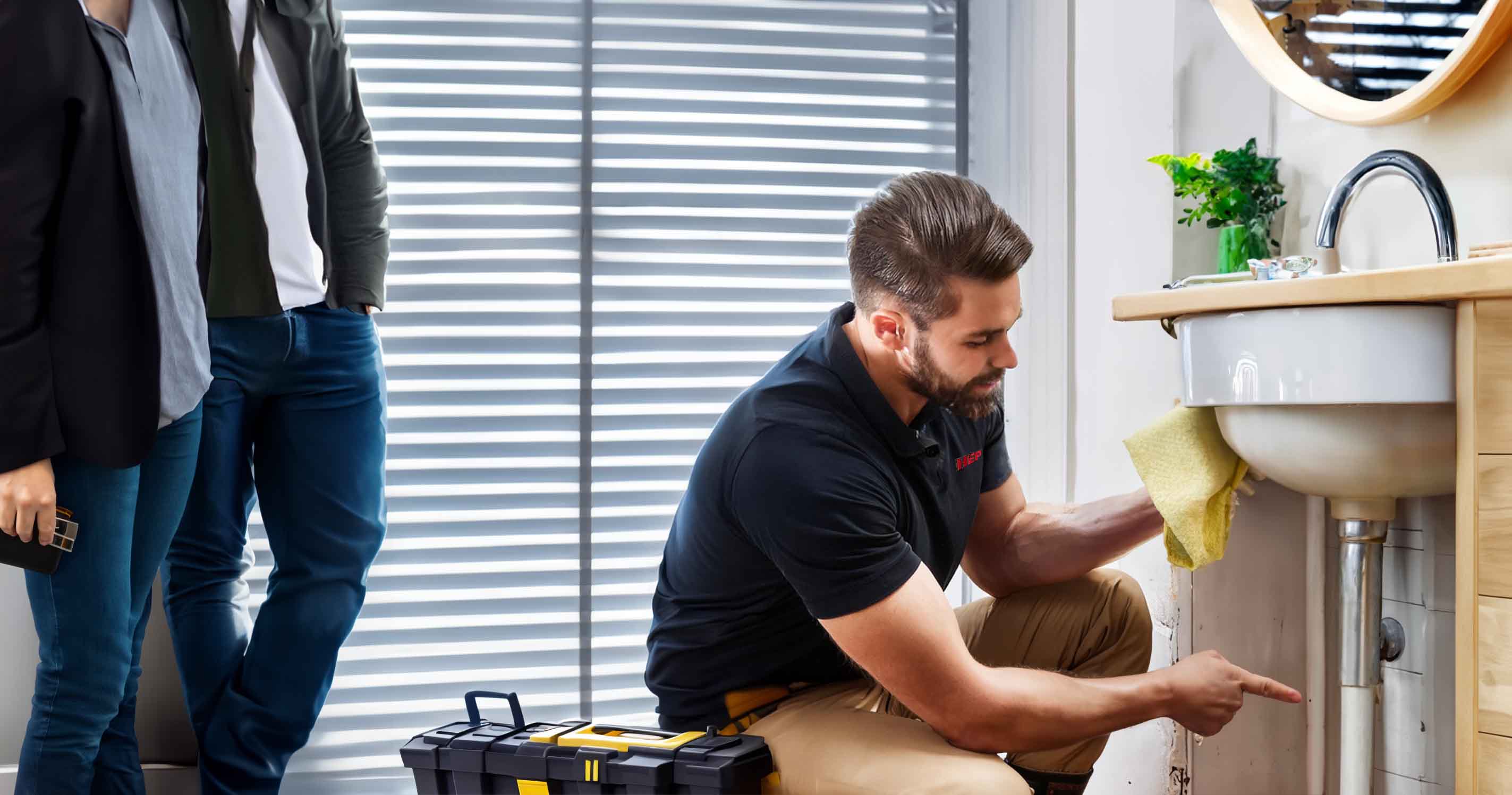

Water Systems
Your trusted partner for professional home services. Quality workmanship, guaranteed satisfaction.




- HEP
- Water Systems
Water Systems | Commercial Plumbing | Plumbing | Allardt
From restaurants off South York Highway to manufacturing sites near the Big South Fork, Allardt businesses depend on HEP’s licensed pros to keep water flowing and operations running smoothly. Our team designs, installs, and maintains backflow preventers, high-capacity water heaters, booster pumps, and wastewater lines with minimal disruption, so your staff can stay focused on customers instead of leaks, clogs, or code violations.
Whether you’re planning a full build-out or need a 24/7 emergency repair, HEP blends cutting-edge tools with hometown service to deliver unmatched commercial plumbing results. Count on transparent quotes, fast turnaround, and workmanship backed by decades of regional experience—because in Allardt, “Happy, Effective, Professional” isn’t just our name, it’s our promise.
FAQs
What commercial water system services do you provide in Allardt?
We cover the full life-cycle of a commercial water system in Allardt, including design-build engineering, pipefitting and fixture installation, meter upgrades, main and branch line replacement, booster‐pump and pressure-reducing station setup, backflow prevention device installation and testing, water heater and recirculation loop sizing, and 24⁄7 emergency leak repair. Our crews are licensed, bonded, and equipped to work in retail, healthcare, industrial, food-service, multifamily, and municipal facilities.
How do you ensure our project complies with Tennessee and Allardt municipal plumbing codes?
Before work begins we review your architectural plans against the latest Tennessee Plumbing Code, ADA accessibility requirements, and Allardt’s local amendments. We size piping using state-adopted Hunter’s curve values, submit permit drawings to Fentress County inspectors, and coordinate any required cross-connection inspections. During construction we use UPC/CSA-approved materials, document pressure and chlorination tests, and attend the rough-in and final walk-through with the code official to guarantee a compliant sign-off.
What are the signs my commercial building needs water line repair or replacement?
Common indicators include unexplained spikes in the water bill, persistent low pressure on upper floors, visible corrosion or greenish stains on exposed copper, damp ceilings or slab areas, and recurring pin-hole leaks that repair clamps can’t stop. In older galvanized or polybutylene systems, discolored water and sediment clogging aerators are red flags. We can perform ultrasonic leak detection and video pipe inspection to confirm the condition of the lines and recommend partial or full repiping if necessary.
Do you offer preventive maintenance programs for commercial water systems, and what’s included?
Yes. Our customizable maintenance plans include annual or semi-annual valve exercising, expansion tank pressure checks, water heater flushing and anode rod replacement, thermal-imaging scans for hidden leaks, backflow assembly testing and certification, and documented fixture inspections to keep warranties valid. Clients receive a detailed digital log for regulatory audits and priority scheduling for any corrective work uncovered during the inspection.
Can you install water-saving fixtures and systems to reduce my facility’s operating costs?
Absolutely. We supply and install EPA WaterSense-certified aerators and flush valves, sensor-operated faucets and dual-flush toilets, high-efficiency pre-rinse spray valves for kitchens, and smart irrigation controllers. For larger facilities we design grey-water reuse loops and rainwater harvesting systems tied into non-potable uses such as cooling-tower make-up. Typical retrofits cut potable consumption by 20–35 %, delivering a payback period of 12–30 months depending on utility rates in Allardt.
How quickly can you respond to an emergency water line break in Allardt, and what should I do before you arrive?
Our on-call team can be onsite anywhere in the Allardt area within 60–90 minutes, day or night. While you’re waiting, locate the main shut-off valve (usually near the meter or mechanical room) and close it clockwise. Drain residual water by opening the lowest-level faucets, move sensitive equipment or stock away from the leak, and isolate electricity if flooding threatens outlets. Provide our dispatcher with access details and any site-specific safety protocols so our crew can mobilize with the correct materials and PPE.